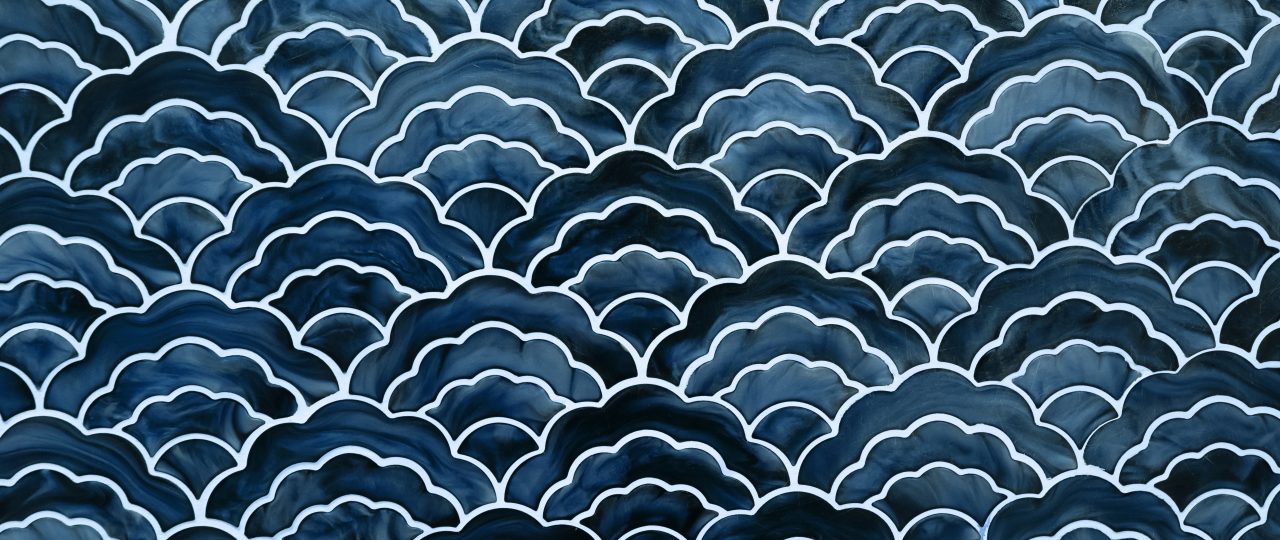Resources
Want to learn more about ocean conservation and sustainable choices? Check out these links below!
News
Mongabay is an independent non-profit environmental science and conservation news platform. It has been an important news source that I’ve followed throughout this course for marine issues around the world, whether biological or social.
Sustainable Seafood
SeaChoice is a Canada-based non-profit organization that aims to raise customer awareness on sustainable seafood options. Take a look at SeaChoice’s recommendations on sustainable seafood.
Tip: Print a copy and put it in your wallet and take a look the next time you visit a restaurant! If you’re unsure about where and how the fish was caught, ask the waiter and/or the chef. More often than not, they want to get it right. Even if they don’t deliver an immediate answer, you are pushing towards sustainable change each time you ask.
Learn more about the sustainability of different fishing methods and their report on environmental claims and labelling.
Marine Stewardship Council (MSC) and Aquaculture Stewardship Council (ASC)
The Marine Stewardship Council is a 3rd-party non-profit certification organization that certifies wild-caught sustainable seafood. The Aquaculture Stewardship Council is the MSC’s sister organization that certifies sustainable farmed fish. Click on to learn more about where to buy MSC-certified sustainable seafood in Canada and the U.S.
Bought an MSC/ASC-certified product and want to know how it’s caught? They’re traceable! Search the certificate code on your MSC label or ASC label in the links for details.
Marine Biology
FishBase is the world’s first online fish encyclopedia database created by Dr. Daniel Pauly, Dr. Rainer Froese, and their colleagues. It houses comprehensive data for global fish species, and features many useful search filters (e.g., by ecosystem, by region, by types of fish) for you to find the information you need.
The IUCN Red List is essentially an online peer-reviewed scientific journal about the global conservation status of both aquatic and terrestrial species. Put in simple terms, this is who determines which species are endangered, and which are not! Assessments are created based on the latest scientific information and specific criteria, and are used to inform conservation action.
If you want to contribute to Red List assessments, you can create a free account, study their online training course, and pass the associated exams in the modules.
The Committee on the Status of Endangered Wildlife in Canada (COSEWIC) is the Canadian assessment agency that serves a similar function as the Red List, but to Canadian populations. Population assessments are updated every 10 years. We should keep in mind that assessments by COSEWIC serve as guidance, and do not directly lead to policy actions.
Marine Policy
The Convention on International Trade in Endangered Species of Wild Fauna and Flora (CITES) is an international agreement that oversees global trade and exports of wild species. Species that need protection are sorted under 3 appendices based on their conservation status. Each Appendix outlines a different set of legislations needed. Countries that fail to regulate trade of species listed on the appendices can be subject to trading bans by the CITES committee.
The Species at Risk Act (SARA) is the Canadian legislation that outlines species protection plans. SARA prohibits direct harm to a listed species or its residence, so fishing bans are maintained for marine species listed on SARA. This has prevented many threatened and endangered fish species from being protected by SARA as there is still commercial activity.
InforMEA is a public education portal about Multilateral Environmental Agreements (MEA) ran by the United Nations.
Interactive Maps
Global Fishing Watch is map that shows the location of fishing vessels worldwide using Automatic Identification System (AIS) data and Vessel Monitoring System (VMS) data from 7 partner countries. Their work is used in analyzing fishing effort levels and spotting illegal fishing activity.
Sea Around Us is a research organization led by Dr. Daniel Pauly at UBC. Take a look at their area maps that outline each countries’ Exclusive Economic Zones (EEZ), Marine Protected Areas (MPA), global catch distribution and more.
Take a look at what Indigenous land you reside on in the map link above!
Indigenous Issues
Coastal Voices is a joint project led by Indigenous leaders, knowledge holders, scientists, and artists. It aims to investigate the effects of the reintroduction of sea otters on Indigenous communities.
The Central Coast Indigenous Resource Alliance (CCIRA) is a joint force by 4 coastal First Nations in British Columbia, including the Heiltsuk, Kitasoo Xai’xais, Nuxalk and Wuikinuxv. Their work deals with the resource and policy monitoring for many important species, such as rockfish, eulachon, salmon, Northern abalone and more.
The First Nations principles of ownership, control, access, and possession (OCAP) is the framework that assures First Nations have control on how to collect, use, and distribute their own data. For researchers that work with First Nations, it is important to respect their will and decisions, and listen when they say no.
Miscellaneous
Check out the BIOL 420 Course Blog for more outputs from students in the past terms to learn more about a variety of ocean issues.
Last but not least, my Tweets!
